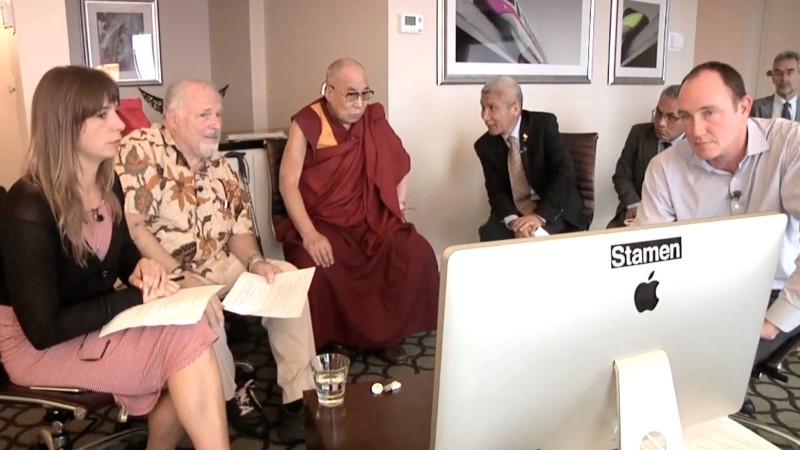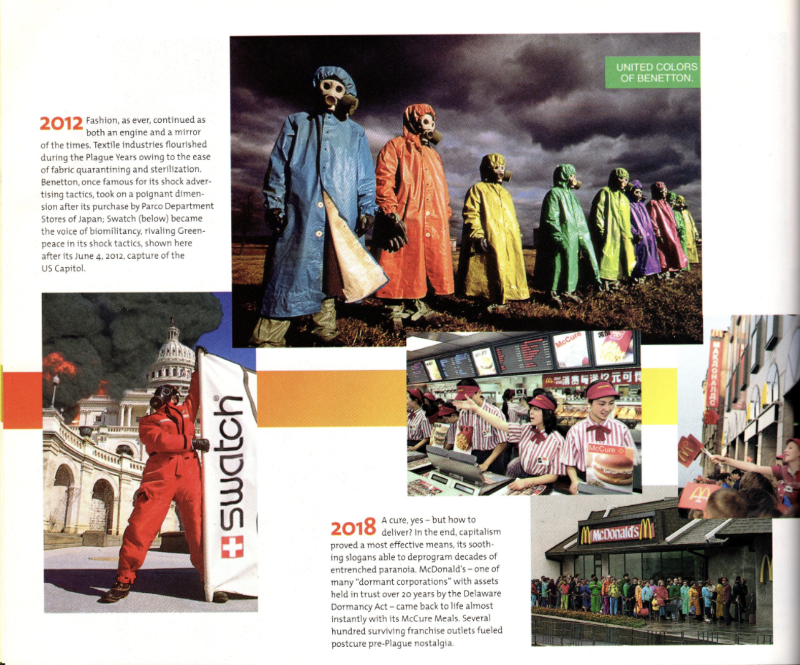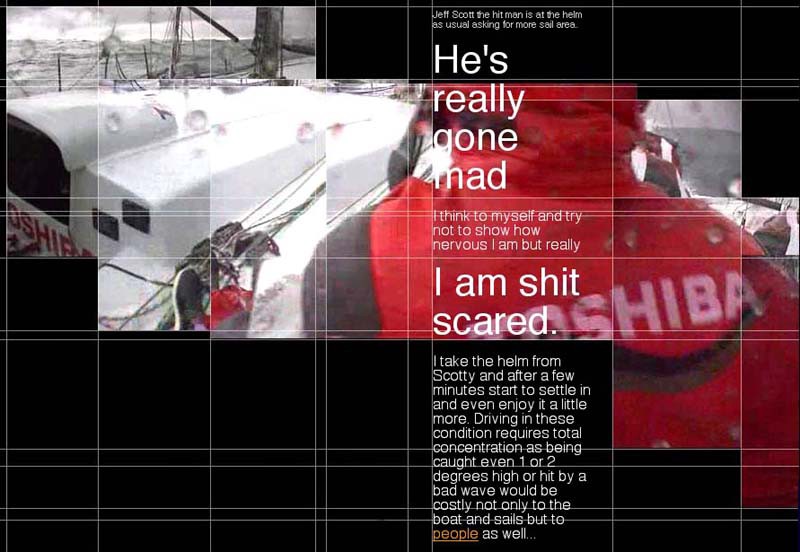(with apologies & in homage to Rainer Maria Rilke and William Burroughs)
From time to time I get asked for advice by young people about paths to careers in dataviz.
My path to the field started over twenty years ago. There was no Masters of Data Visualization at the New School when I went there, no classes outside of computer science that talked about data, no iPhones, and not much internet, really. Most of what I knew (or thought I knew) about data came from books like Terminal Identity and A Cyborg Manifesto and Neuromancer. So some of this might sound a bit long in the tooth given how much more opportunity there is to learn about the tools and rules of the dataviz game in professional and academic settings now.
But as I look over the notes I sent to the latest request below, it seems to me that there might also be some useful thoughts for those looking to start out in almost any field, which makes me think that getting started in dataviz is an activity that’s truly moved out of the constraints of computer science and well into the mainstream of human culture, where it belongs.
Hello [you],
I would offer a few things that I’ve learned and hope you might find them of use, since you asked.
The first is that you’ll get the kind of work you’ve already done. It is so much easier to get someone to pay you to do something if you can show them that you already know what you’re doing. So with that in mind it doesn’t really matter whether you use Tableau, d3, R (although those are all good places to start). The most important thing is to start somewhere, and start producing work of any kind that you can feel proud of and show. In my career and on our team, the technologies we use vary from project to project, client to client, and sometimes day-to-day even for the same client.
At Stamen, we’re not specialists in the way that some people are; some people only do medical viz or weather viz or agricultural viz. This has never really appealed to me; as a client services firm doing data visualization I look for the widest range of clients that I can, very deliberately. It’s this range that lets me say “yes” when the psychologist Paul Ekman walks into my office and asks me if I want to help him design a map of emotions for the Dalai Lama, even though I have no idea how we’re going to do that. John Cage famously said “Begin anywhere” and that’s what I’d advise you to do. You’ll learn so much more along the way by doing things and making mistakes than you ever will by overthinking it ahead of time and making assumptions without real data.

The second thing I’d offer is that my first freelance dataviz gig of any size was one that I got referred to by someone that I’d worked with before, at Quokka (ancient history but I thought you might enjoy the context). So it’s important to have a network of people who know you and trust you. Especially in the beginning before you have any contacts, your work is going to come from the people that you’ve worked with before. So don’t worry so much about whether you’re doing high quality dataviz in a professional capacity from the very beginning. Just do the best work you can, develop quality relationships with your colleagues (especially those that you think are going somewhere), and learn how to use your tools.
The third is related to the second. Especially in the beginning, the quantity of your work is going to matter much more than the quality. I started out as a desktop publishing tech working the midnight shift at a prepress house in midtown New York City. There used to be a significant lift and market in taking people’s files for print and generating acetate negatives to send to the printer. From a traditional design perspective, it had absolutely zero creative potential. But I learned about font weights and trapping colors and registration marks and how to make corrections in Photoshop very quickly and, most importantly, how to recover from mistakes that I made.
QuarkXPpress (the most advanced desktop publishing software at the time) let me go really deep on stylesheets & all the different ways to tweak text at scales, and all of that became very useful when we all switched to publishing content on the web. It opened up the idea of formatted content, which then opened up the idea of automated or algorithmic formatting, which informed a lot of how I began to approach cartography & designing fast-moving content for Quokka. It’s important to view everything you’re doing as a learning experience, as well as a thing in itself that needs to be done well. Along the way I took the coolest or most interesting printouts that I’d worked on, which gave me a little portfolio that I could carry around and get work at other places.
When I landed in California, I started shopping myself around, and eventually (because of a connection I made at a dinner party: throw dinner parties!) landed a three-day gig at Wired Magazine because I was the only person in San Francisco who knew how to use Photoshop and wasn’t at Burning Man over that Labor Day Weekend.

It was a simple image manipulation gig—go, rubber stamp tool!—but it gave me the opportunity to color-code a photo of a group of people in hazmat suits as though they were in a Bennetton fashion shoot. When it was time to apply for a job at Quokka (my first real dataviz gig) I was able to show them this and it excited the art directors there. I got the job visualizing the stories of a group of sailors racing around the world in an epic nine-month race that grabbed the attention of the whole world, and that gave me the confidence to start my own company, which (after a few false starts and bankruptcies) became Stamen. Taking on super basic work and using it to level up into what you want is a great strategy. Be humble. Work a lot.

Many years later, I was lucky enough to be the beneficiary of three great pieces of advice that Paul Ekman gave me when we were working on the Atlas of Emotions. He’s one of the great psychologists of the last hundred years, was listed as one of the 100 most influential people of the 20th Century. Over the course of our work together (supported by many people at Stamen) he told me that he never managed to get any of his papers published in a scientific journal without having them rejected at least fifteen times. Here’s his advice:
- Leave no stone unturned
- Never take no for an answer (although, to be clear, in many cases no definitely means no; he means when you’re going after something in a professional, consensual environment)
- Always aim higher than you can see
Lastly: especially in the beginning, say yes to any opportunity you have to present your work publicly. Put as much energy as you possibly can into these presentations. It’ll be terrifying at first. Do it anyway. Learn the Litany Against Fear. I can draw direct lines between presentations I’ve given and work that’s come into the shop. Do good work. Get out there. Talk about it to anyone who will listen.
I hope that’s helpful. I’d be happy to talk further.
Cheers!
Eric
Here’s a final quote from Rilke that I’ve often found useful when dealing with new ventures: “Be patient toward all that is unsolved in your heart and to try to love the questions themselves like locked rooms and like books that are written in a very foreign tongue.”
Was this useful? Did you learn anything? Should I write about anything else? Drop me a line and let’s talk.
